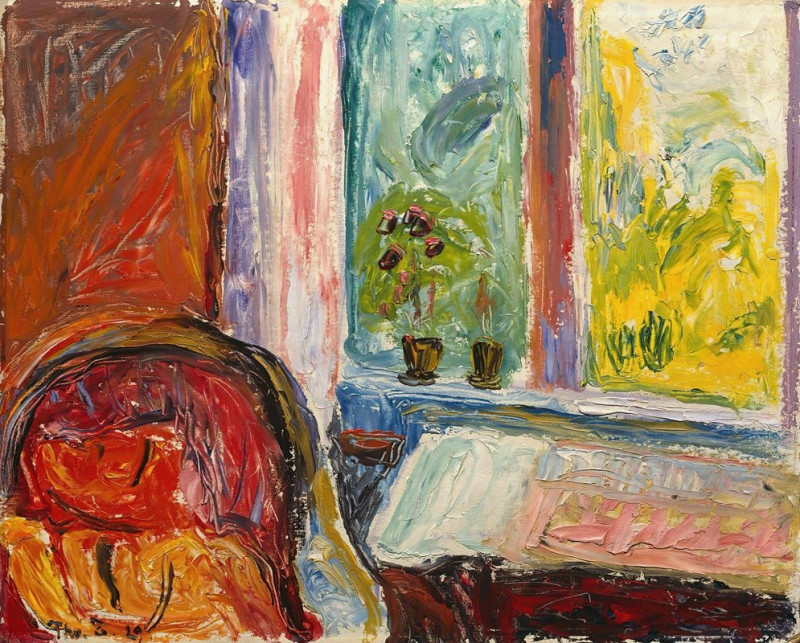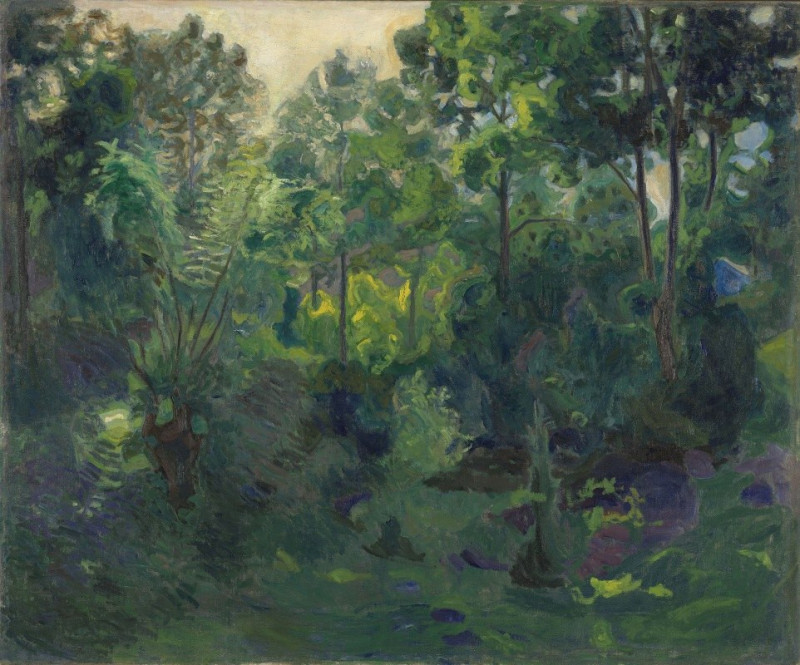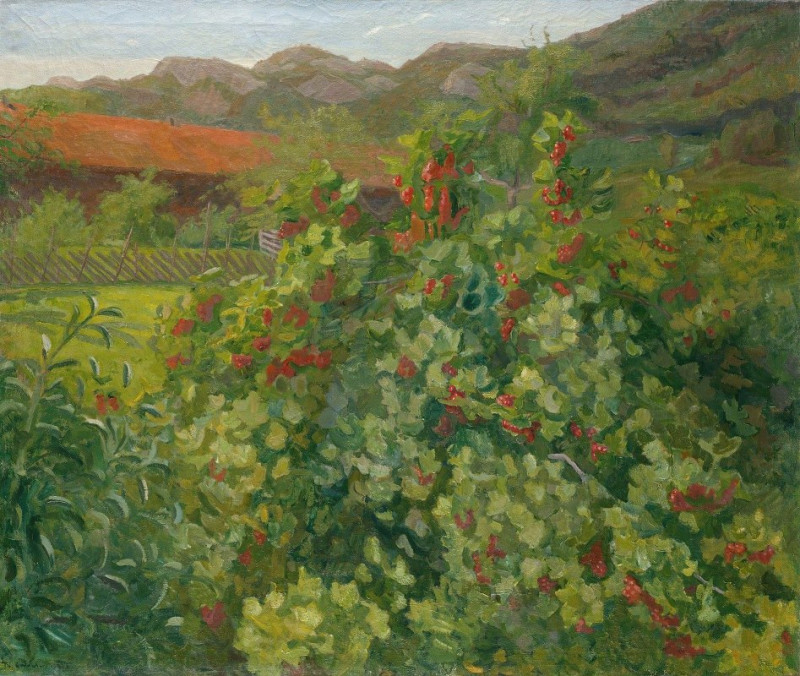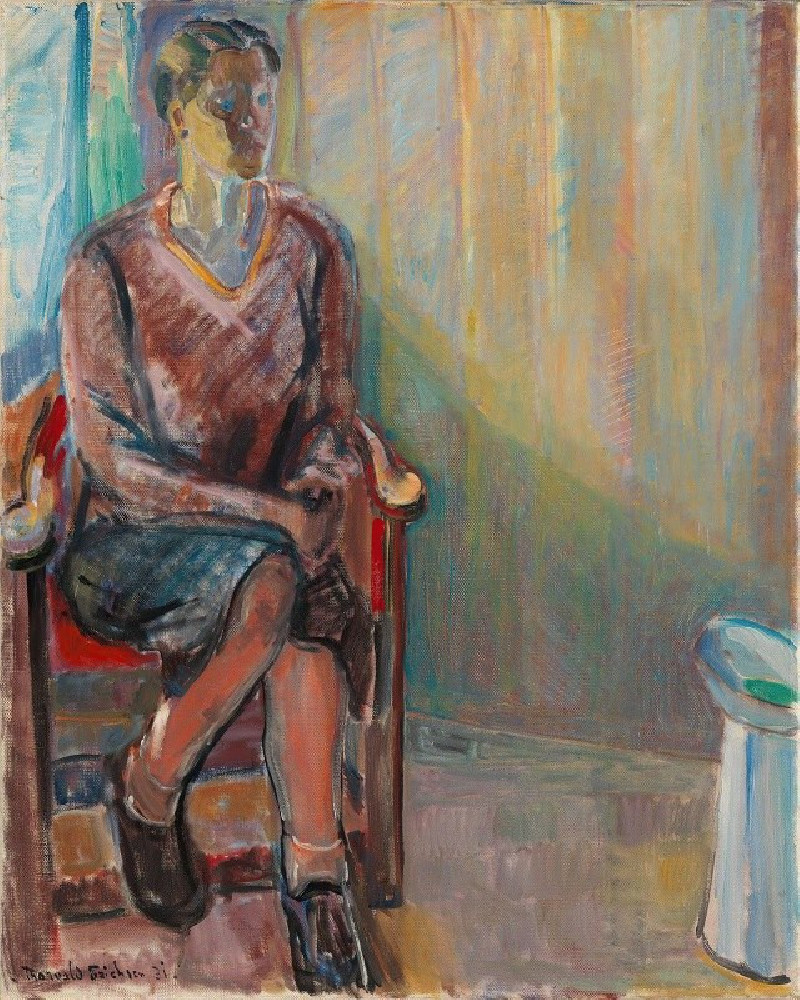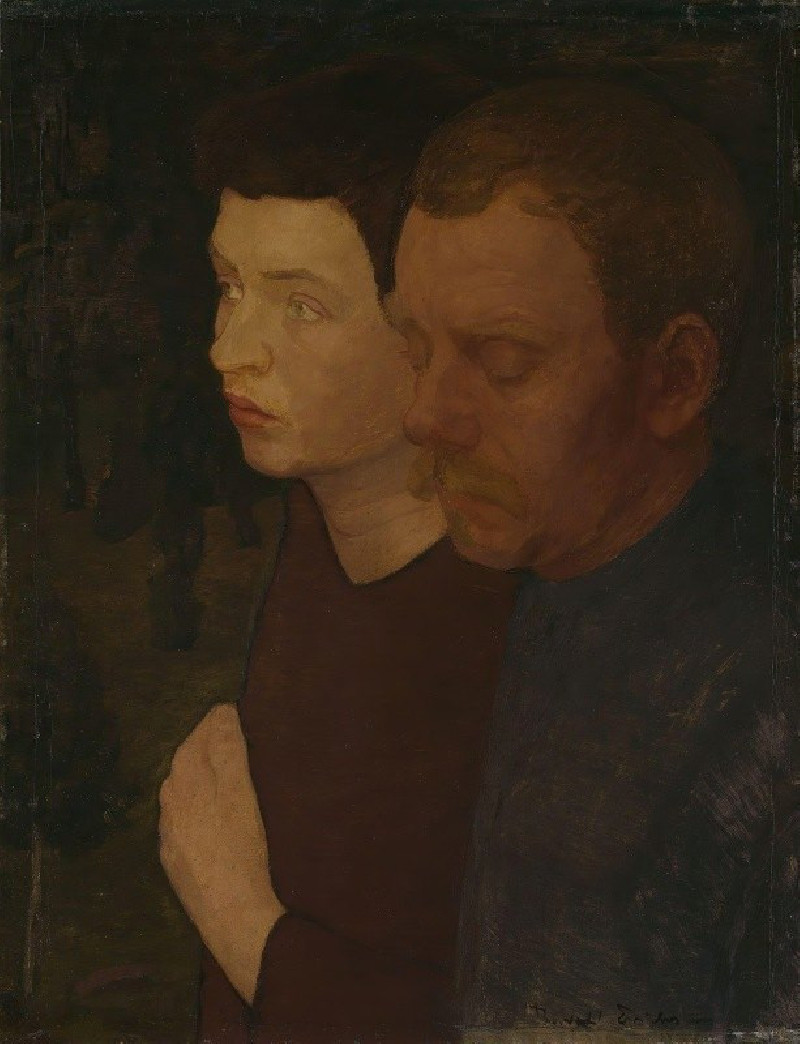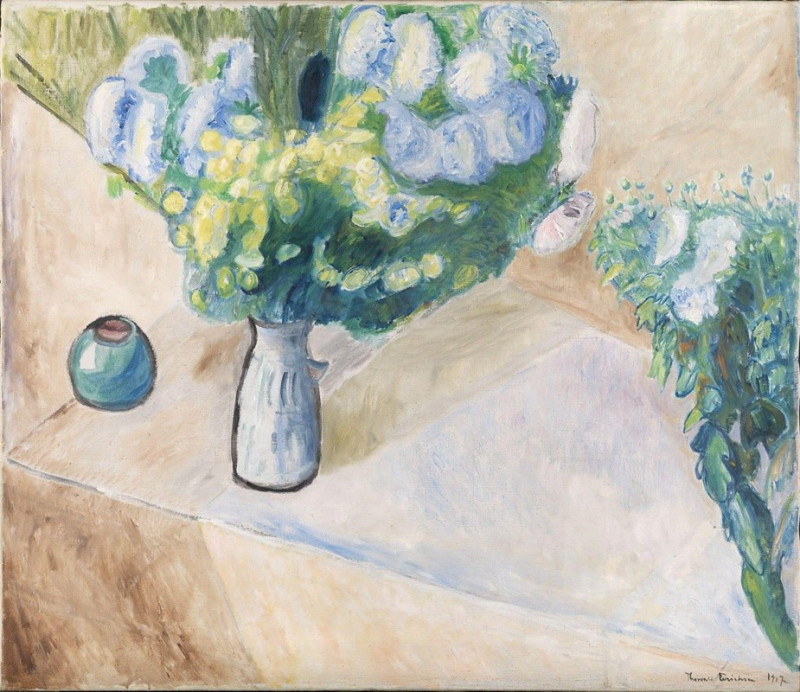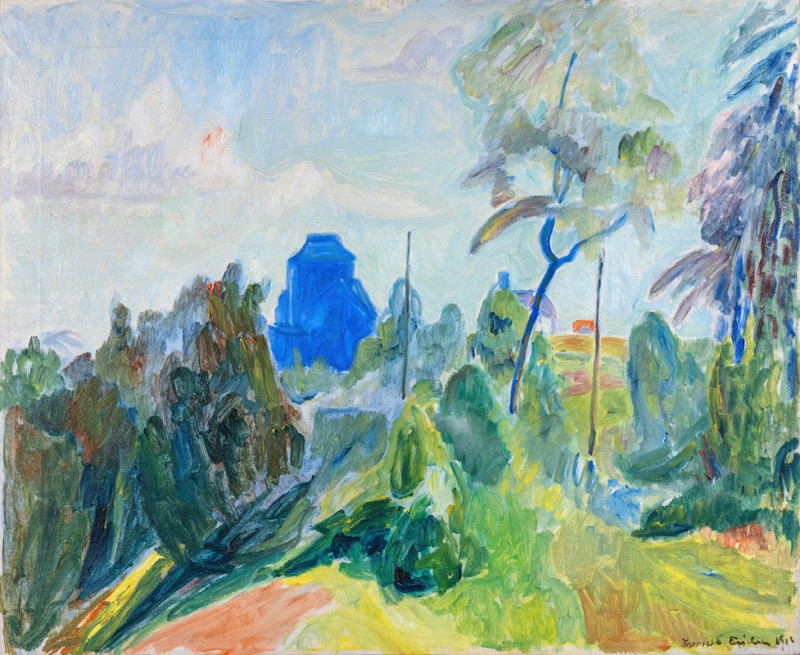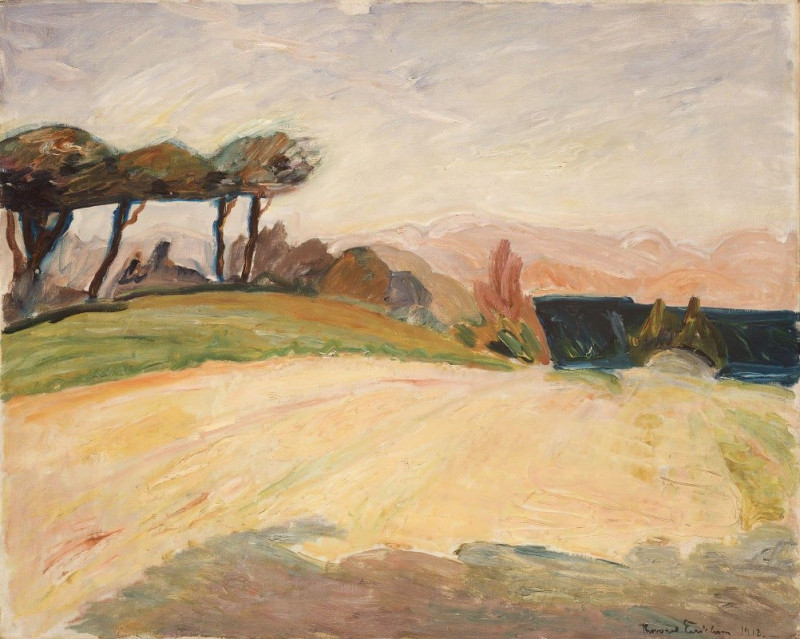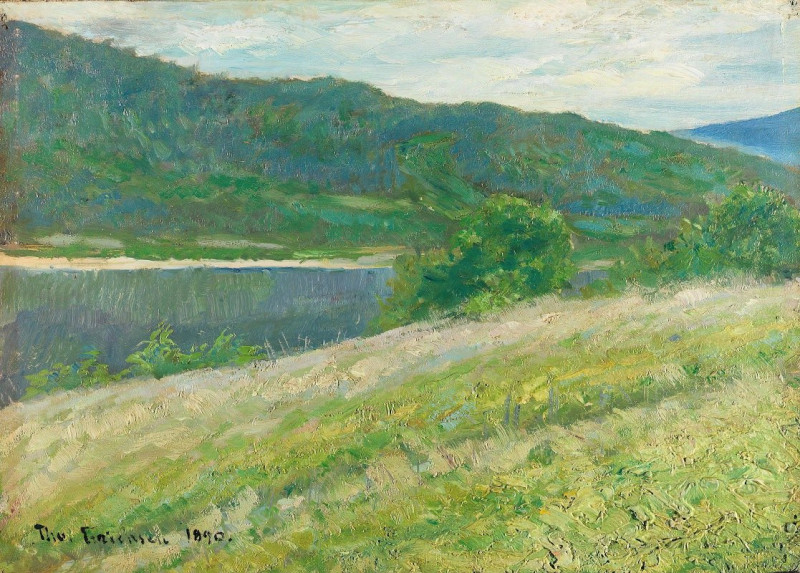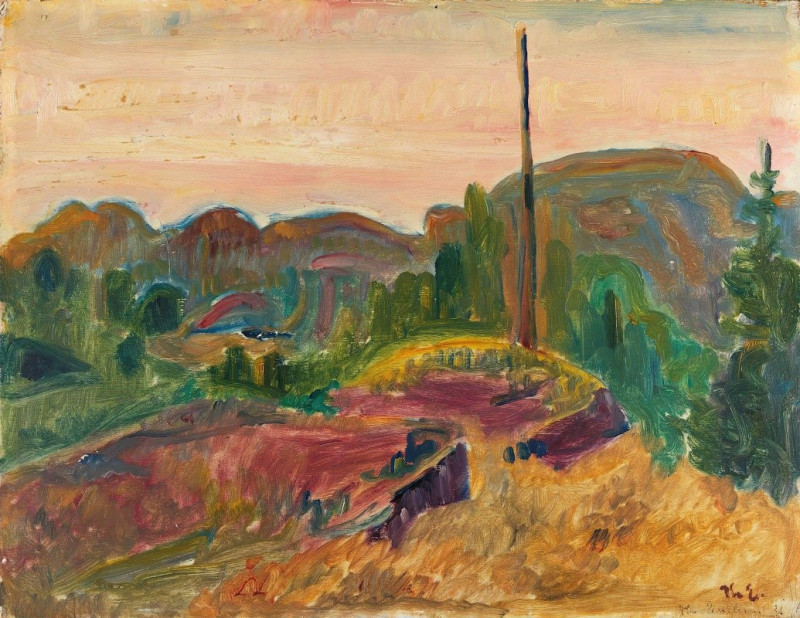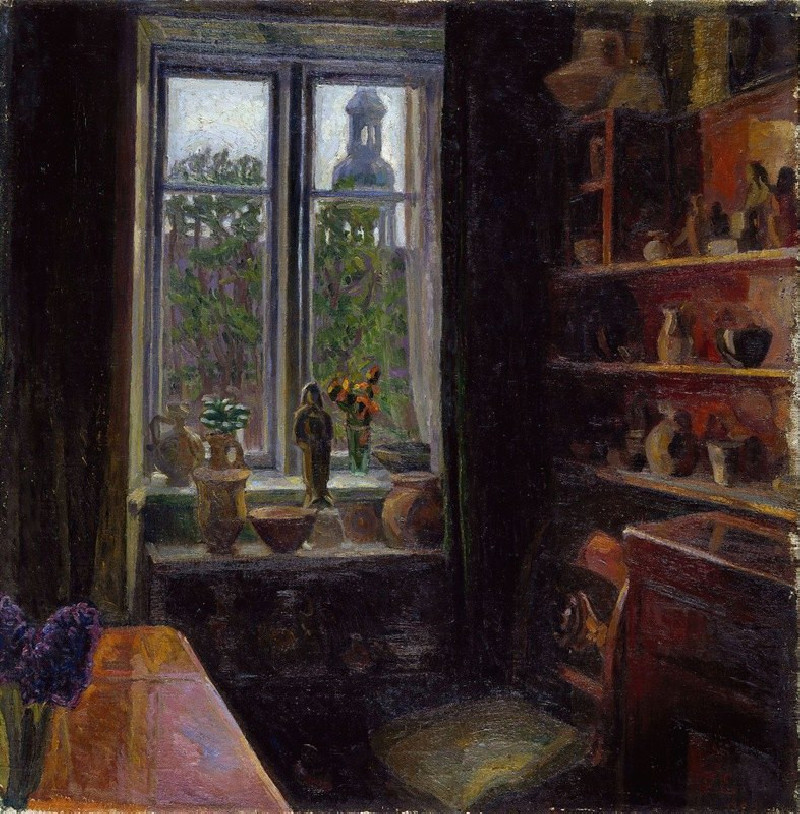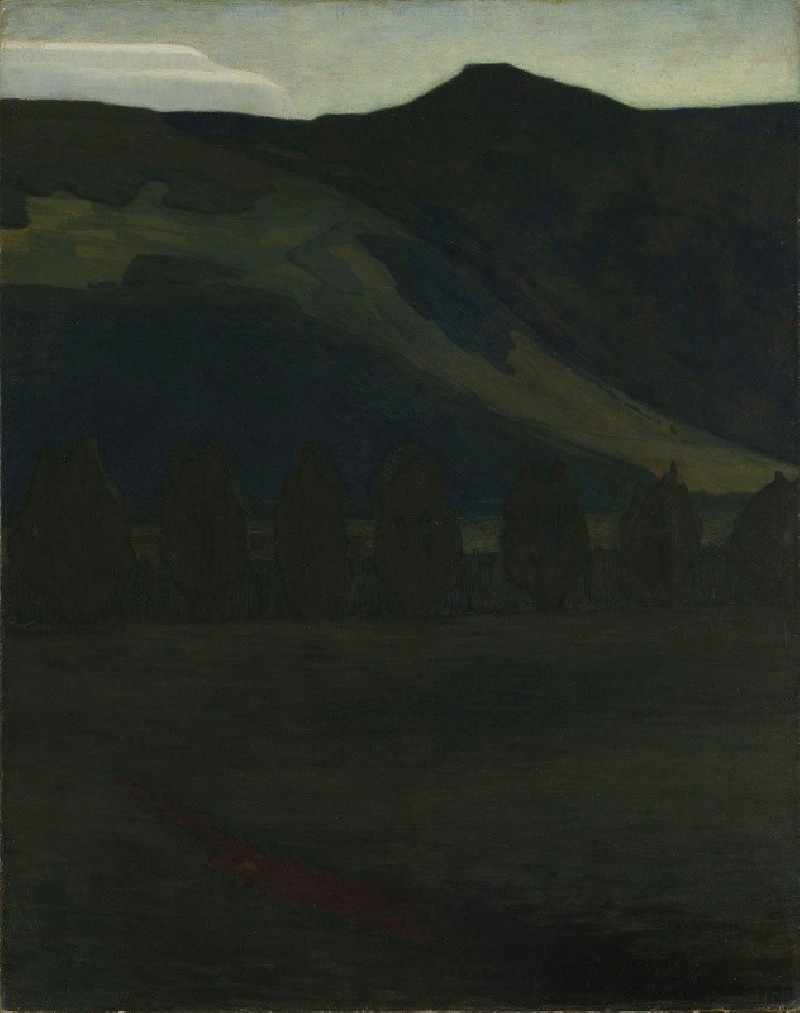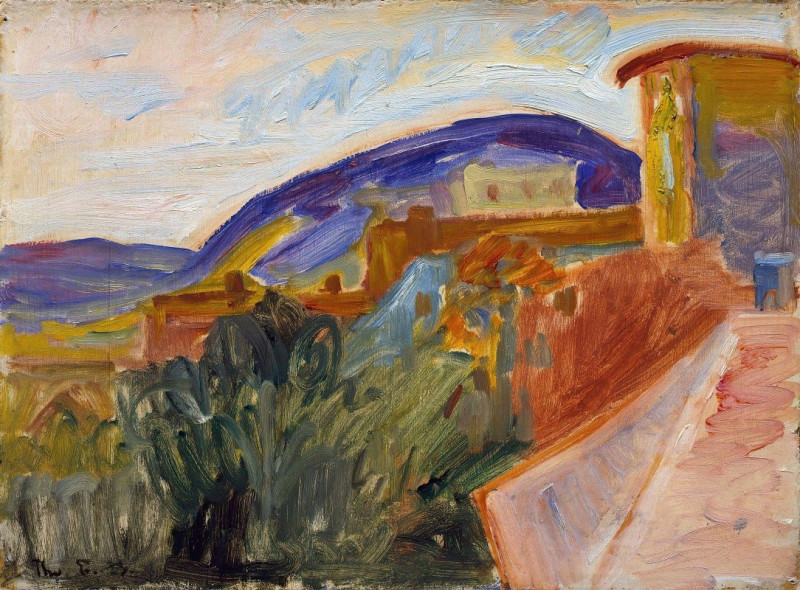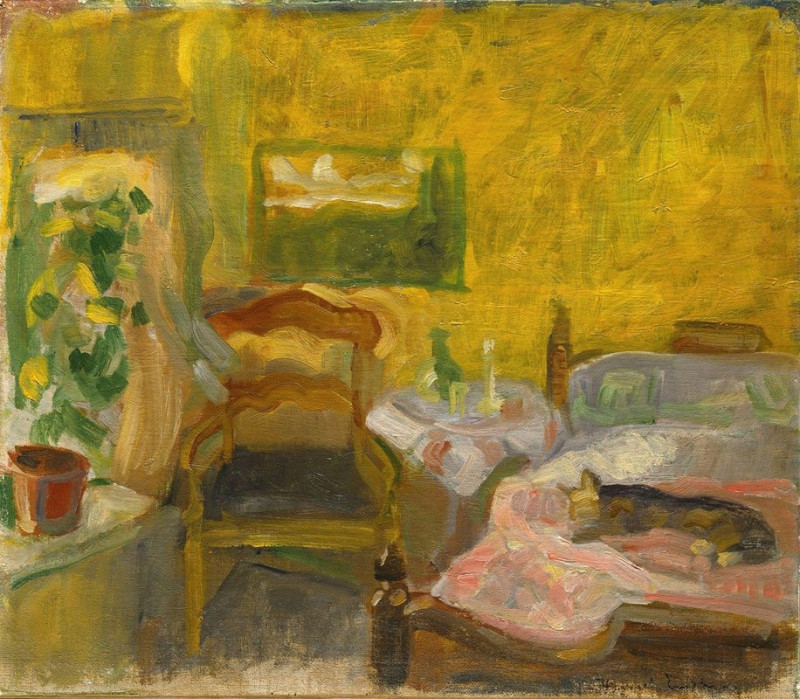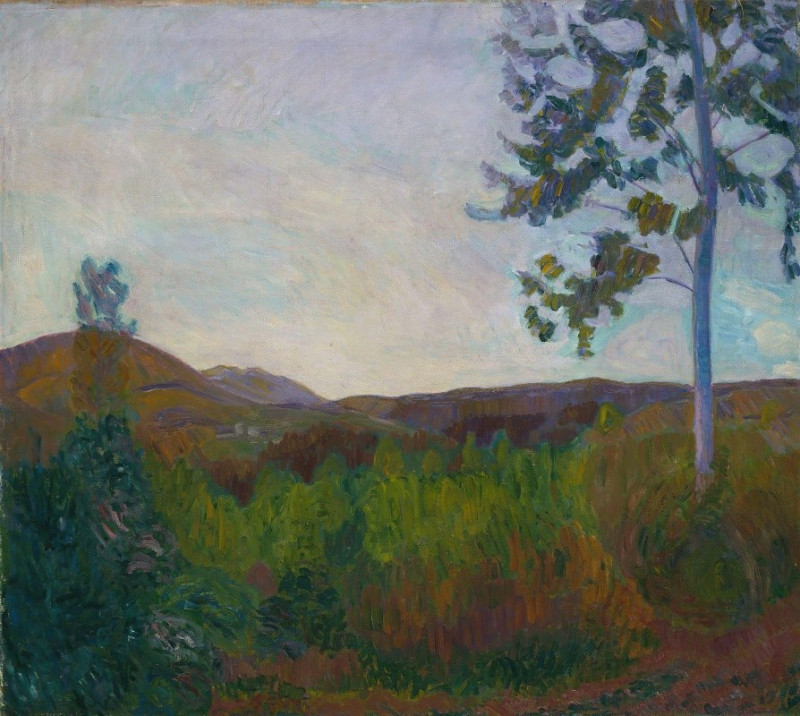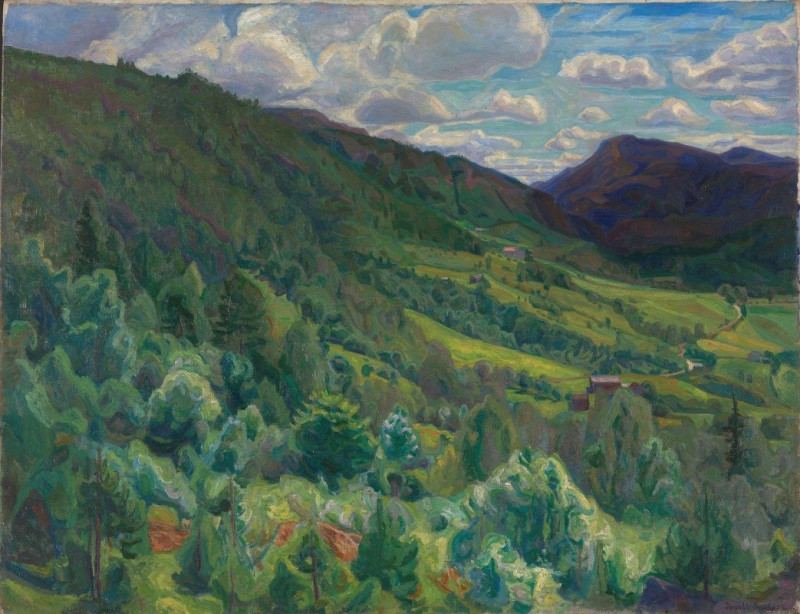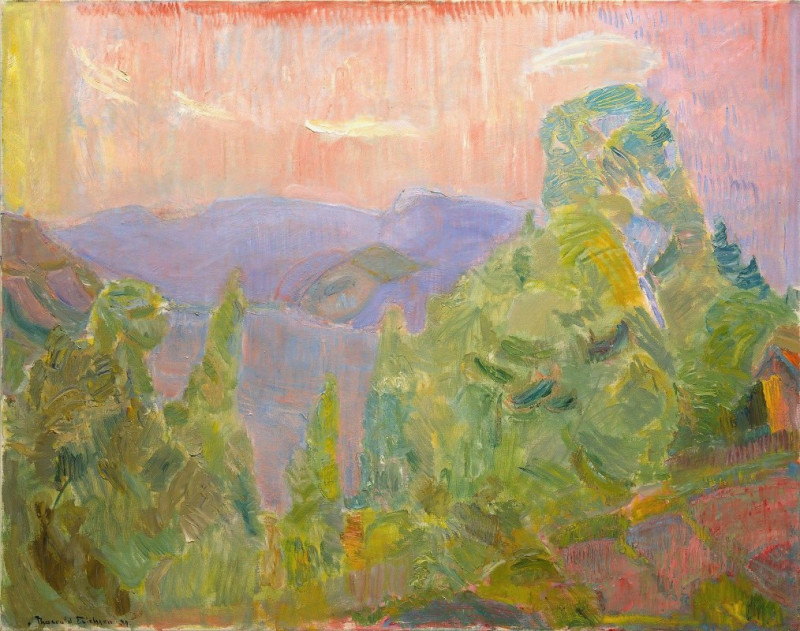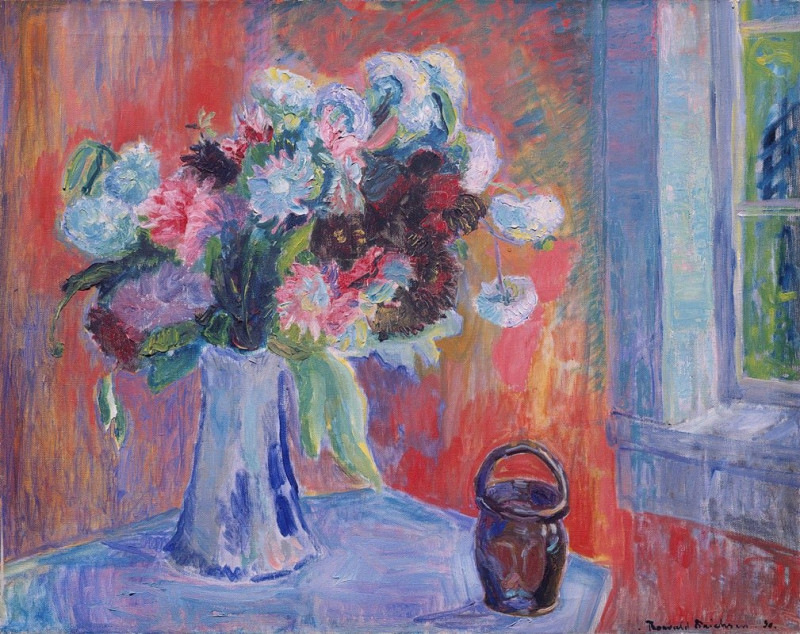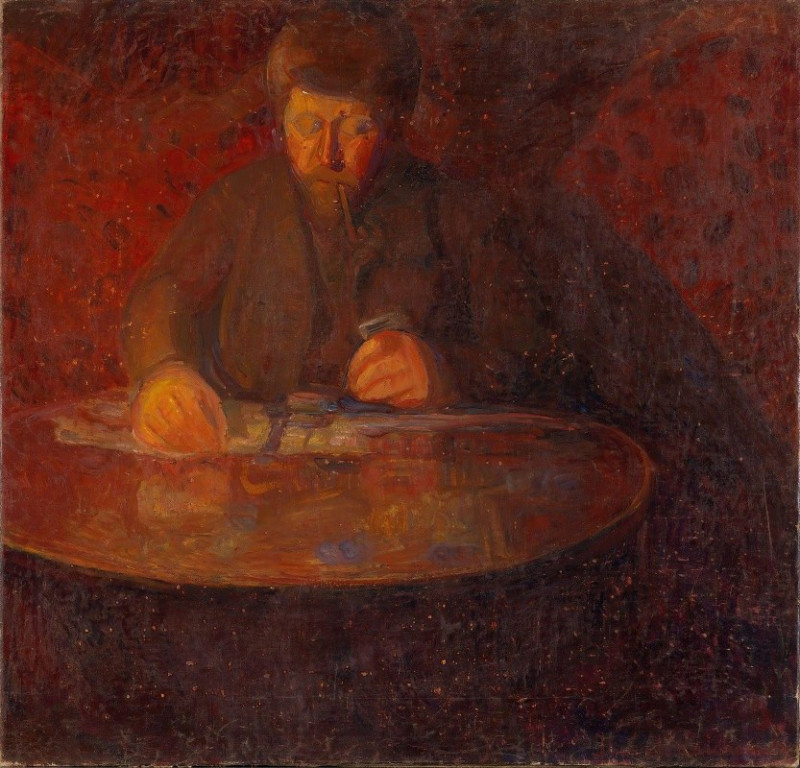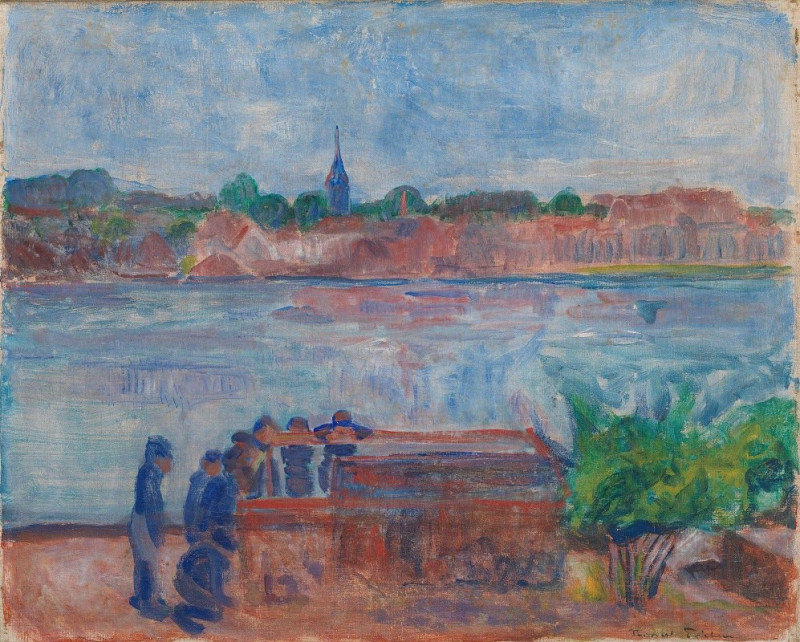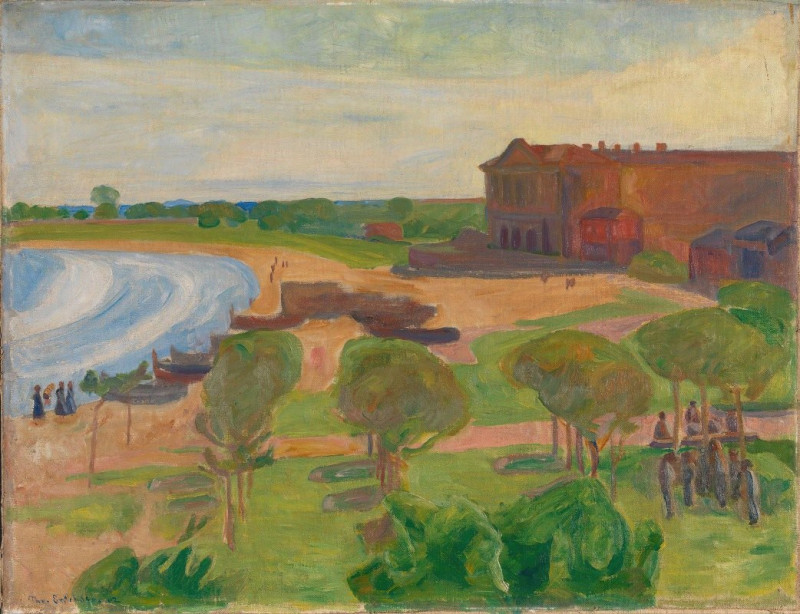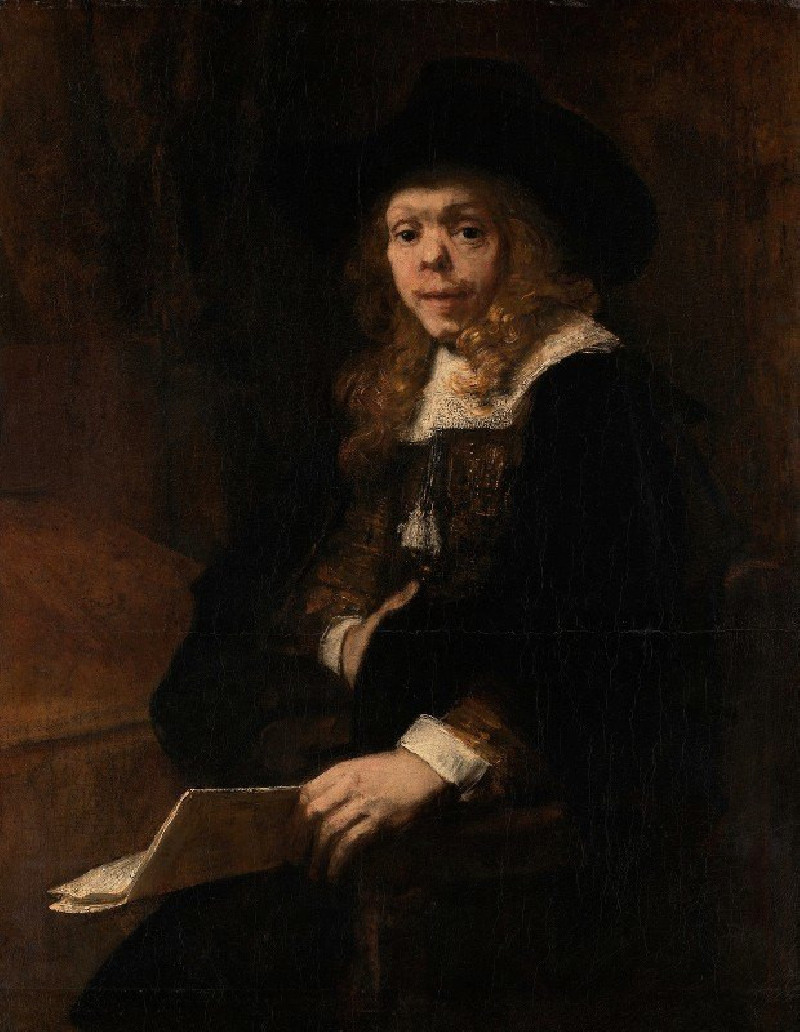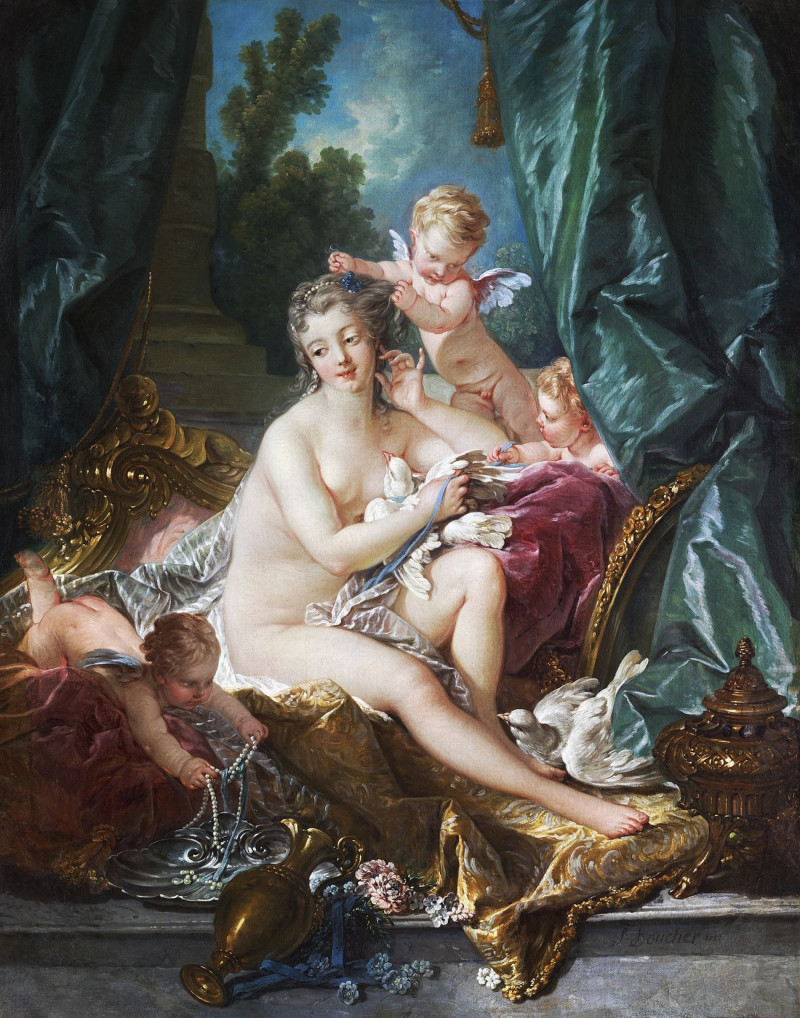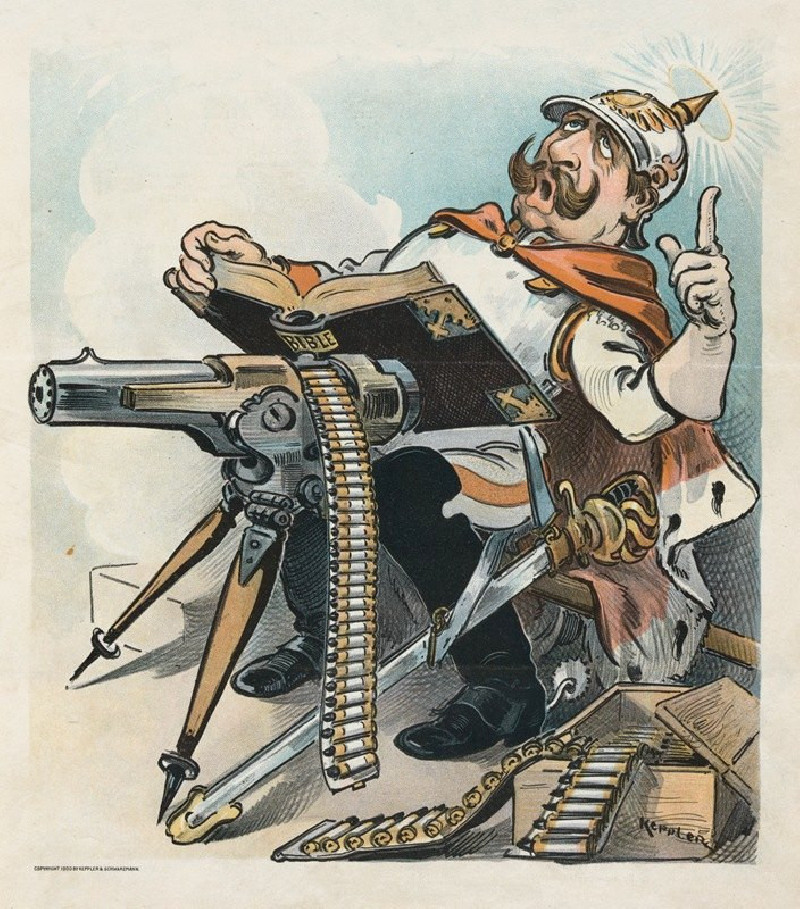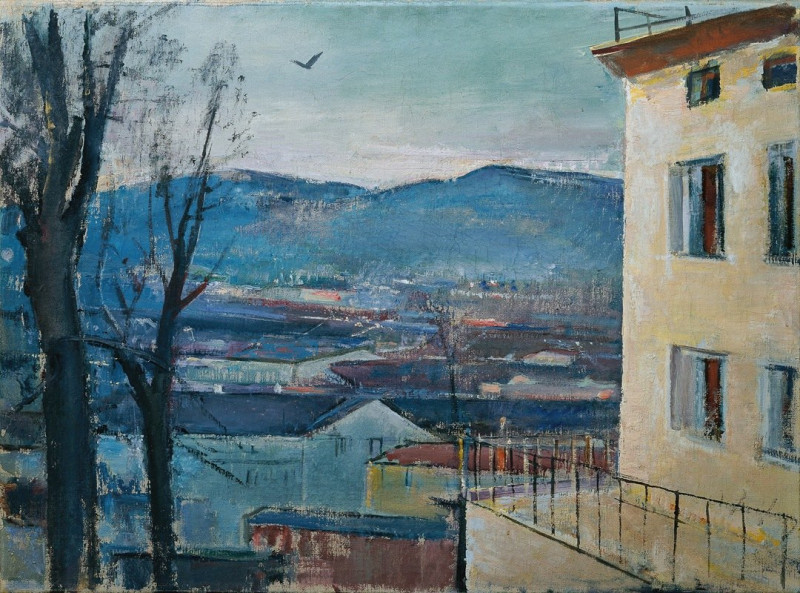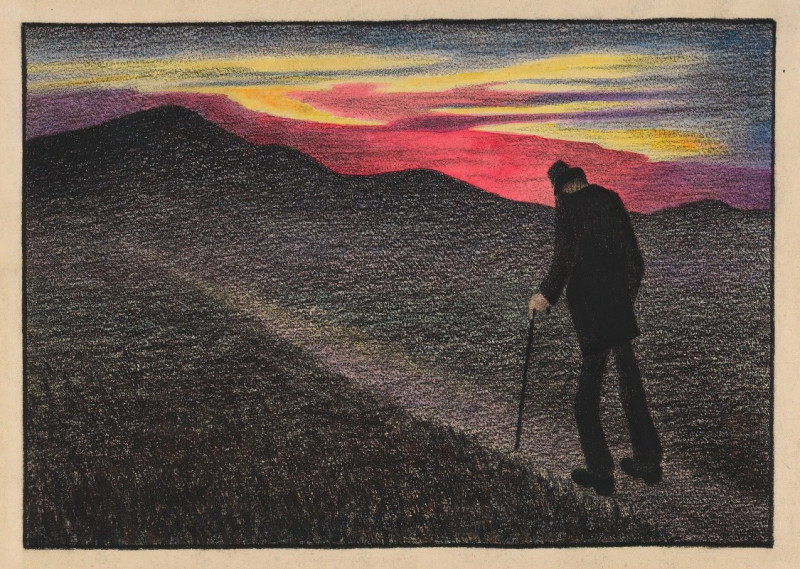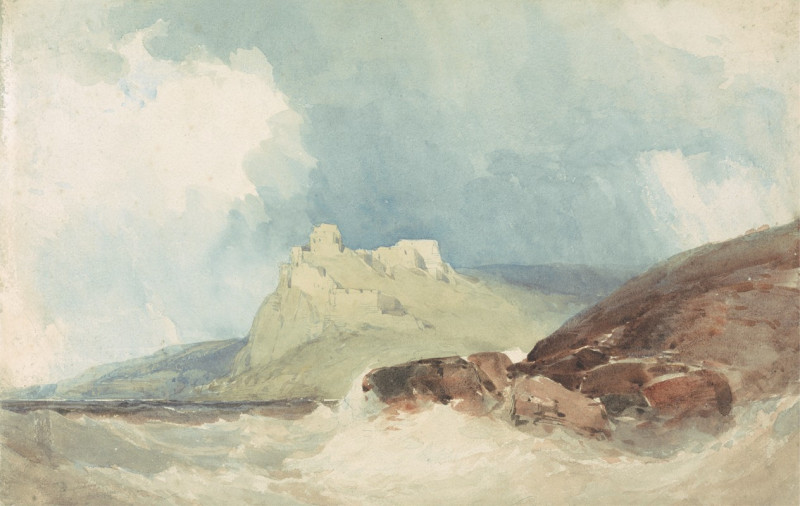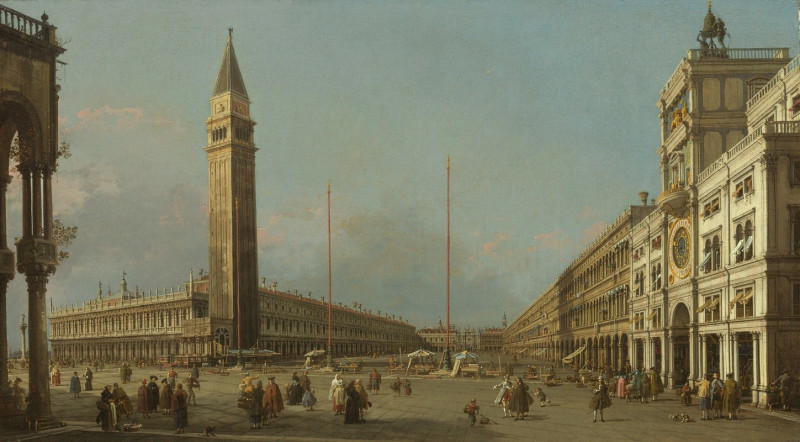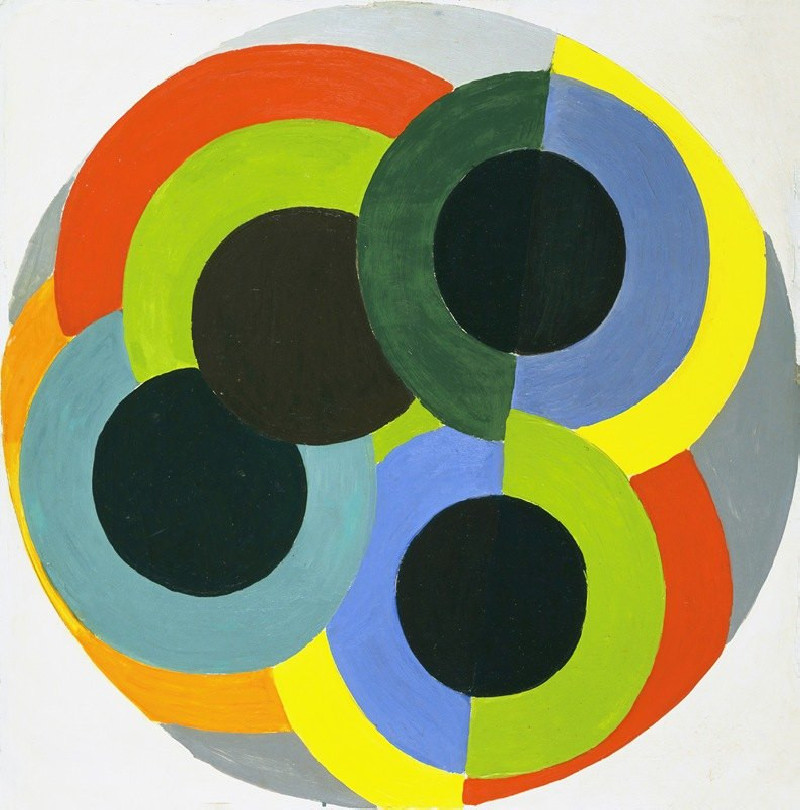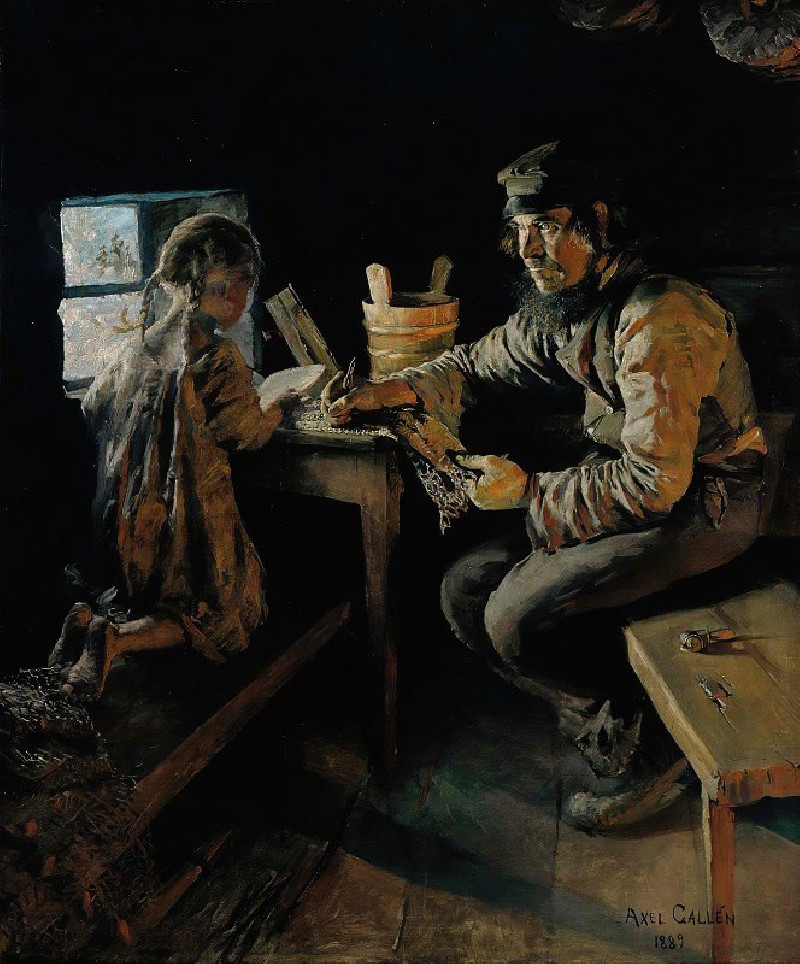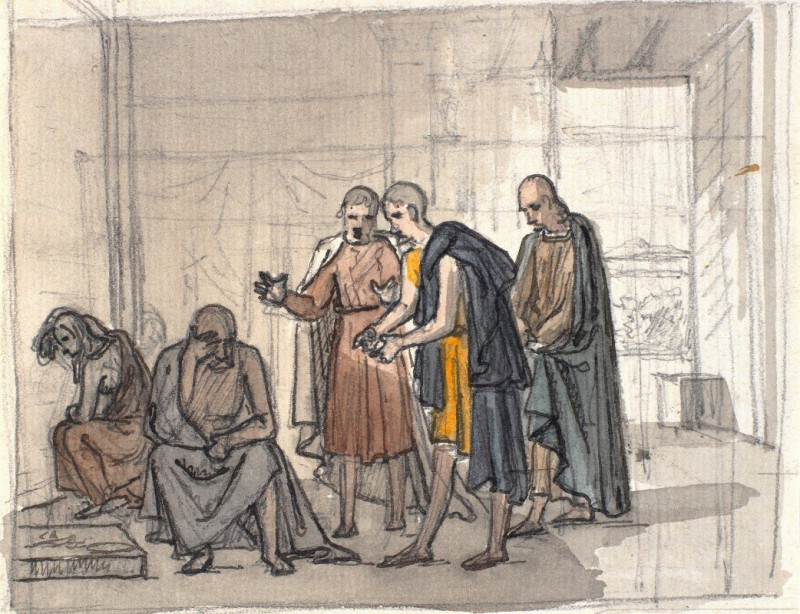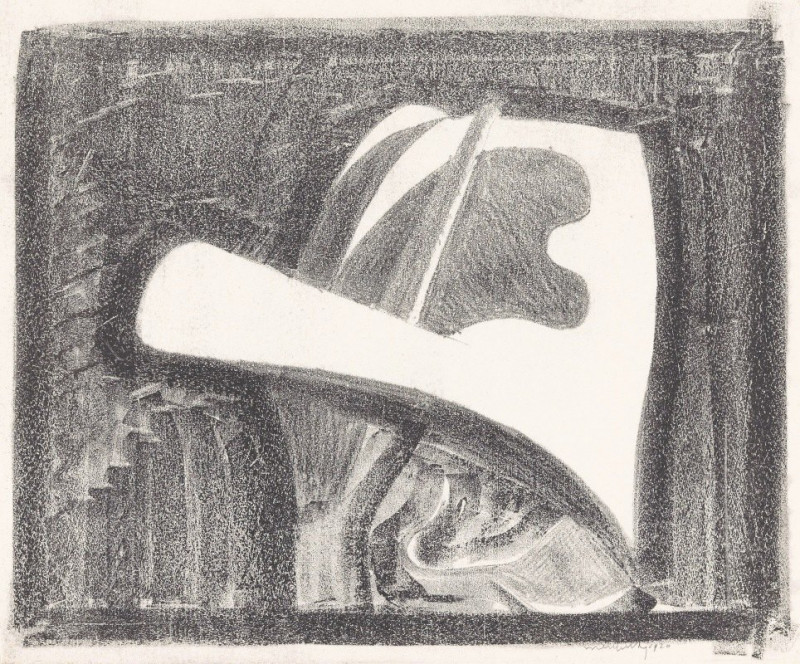The red Chair (1929)
Technique: Giclée quality print
Recommended by our customers
More about this artwork
Thorvald Erichsen's captivating painting, "The Red Chair" from 1929, exemplifies the artist's bold use of color and innovative compositional techniques. At the forefront of the painting is the titular red chair, depicted with vivid, expressive strokes of red and orange that suggest both the form of the chair and the dynamic shadows playing over its surface. This piece masterfully illustrates Erichsen’s interest in the interplay of color and light, as well as his ability to transform everyday scenes into mesmerizing visual experiences.The background of the artwork is divided into vertical sections, each portraying a window that reveals different scenes outside: lush greenery, bright floral blooms, and a hint of a cerulean blue sky punctuated by the delicate flutter of birds. In stark contrast to the warm tones of the chair, these windows introduce cooler blues, greens, and yellows, demonstrating Erichsen’s skillful handling of contrasting color palettes.On the table in front of the red chair, two potted plants add an intimate touch to the scene, suggesting a lived-in space where nature and domesticity converge. The rough, almost tactile texture of the paint creates a sense of immediacy and authenticity, inviting viewers to step into the room and experience the quiet, yet vibrant, atmosphere that Erichsen has painted."The Red Chair" is more than just a representation of a physical space; it is a celebration of color, light, and the sheer joy of painterly expression.
Delivery
Returns
Thorvald Erichsen was a Norwegian Post-Impressionist painter; primarily known for landscapes and still lifes.
Thorvald Erichsen was born in Trondheim, Norway. He was the son of Ernst Erichsen (1820-1869) and Trine Jensine Rian (1829-1884). Erichsen's father was a confectioner and died when Erichsen was very young.
Although at first he wanted to be a pianist, in 1886 he began studying law, then dropped out and attended a painting school run by Knud Bergslien, where he completed a course in arts and crafts. He later moved to Copenhagen, where he became a student of Christian Zahrtmann, who had a greater influence on his artistic development.

